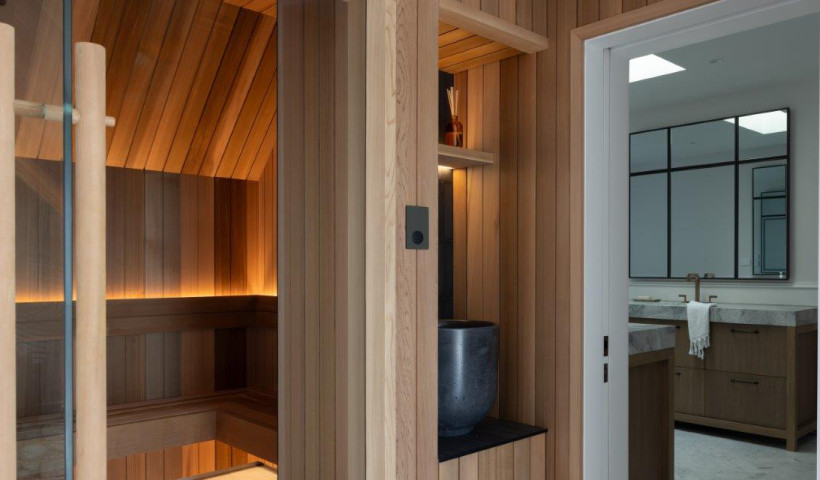
In any new home build the typical electrical spend makes up 5%* of the overall cost. Of this, a large portion is made up of labour, with the remaining costs primarily from cables, switchboard, switches, sockets and lighting.
While initial investment is an important factor for companies, individuals and government bodies building affordable houses, the energy burden of the home is crucial to the comfort and liveability of the homeowner — which can sometimes be overlooked at the outset of a project.
Heating
Space heating, which accounts for 34%^ of energy costs, is now considered as part of the thermal mass in architecturally designed homes, but may not be considered in affordable housing. Including it in the initial design of a floor plan allows for a minimal number of heat pumps or other efficient heating systems to be installed during the build or retrofitted to provide maximum heating for occupants.
Appliances and Hot Water
Appliances (including refrigeration) and hot water typically make up 58%^ of energy costs and may be deemed as up to the occupants to control and minimise. However, minor changes to electrical plans ensure these savings are automated, resulting in increased household efficiencies. Timers can be installed on heated towel rails to prevent 24/7 usage and bathroom fans which can be switched off after a set period of time. Sensors can be positioned to provide light for the required time in areas of minimal use such as pantries and cupboards, and high frequency areas where hands are needed for safety such as garages, stairwells and hallways.
Lighting
LED lighting has evolved considerably in the last few years, and now provides a variety of efficient lighting solutions including designer pendants, downlights, outdoor lighting and bulbs. Electrical technology has adapted to the low loads from LED lighting to ensure that in many applications LEDs can be dimmed successfully (always check compatibility prior to install). This allows for ambiance changes and an even smaller lighting load on the energy bill which sits at around 8%^ of energy costs.
Installing sensors, timers, dimmers and LED lighting in key areas within a new home build could cost less than 1% of the install cost, but provide significant ongoing benefits to the homeowner in safety, convenience and lower energy bills.
Contact Schneider Electric to visit their interactive studios in Auckland or Christchurch, for more information or to discuss your electrical options.
*BRANZ E626 report 2013
^BRANZ HEEP report 2006













 Case Studies
Case Studies








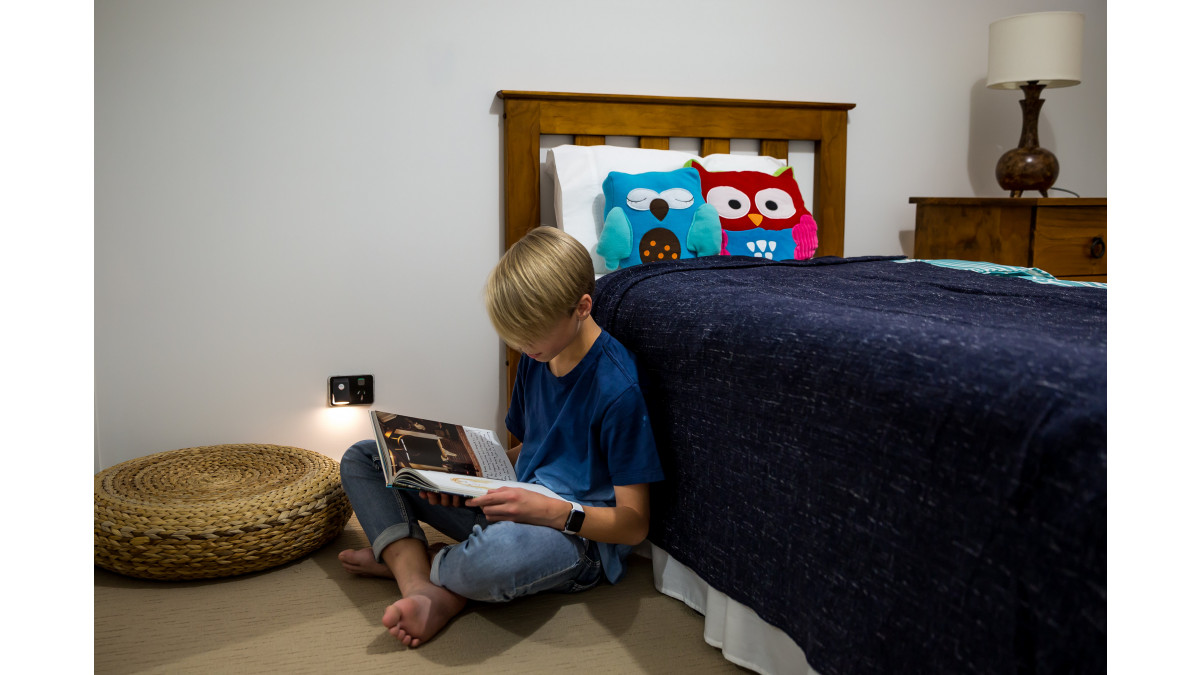
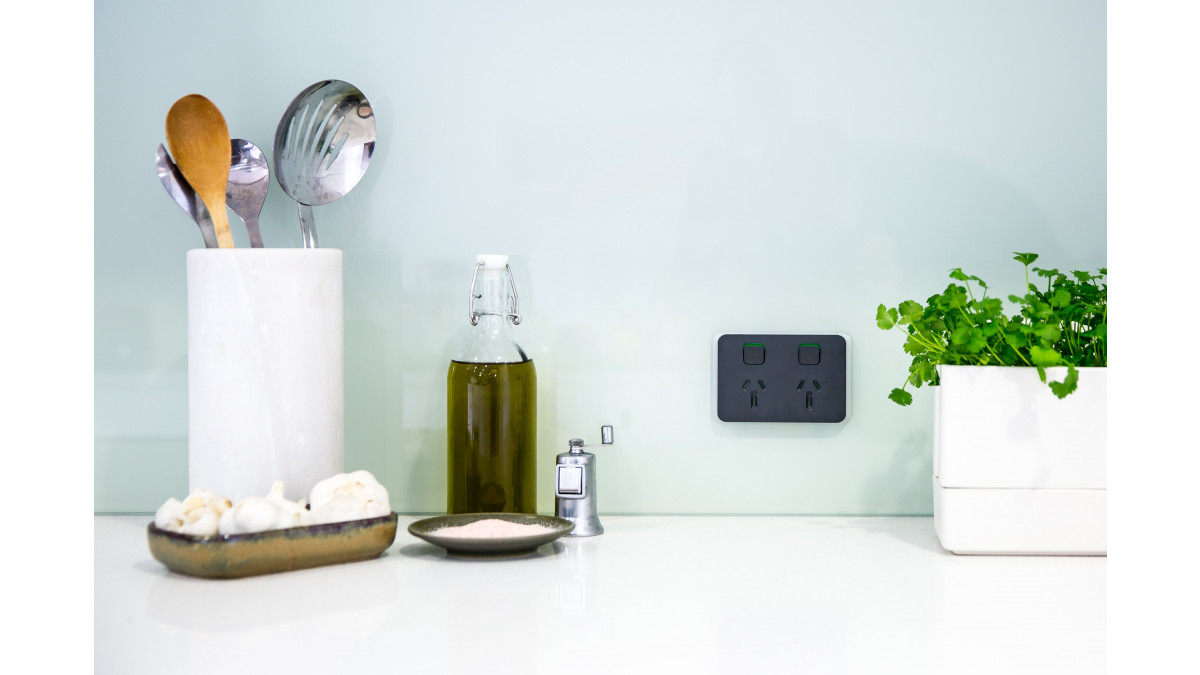
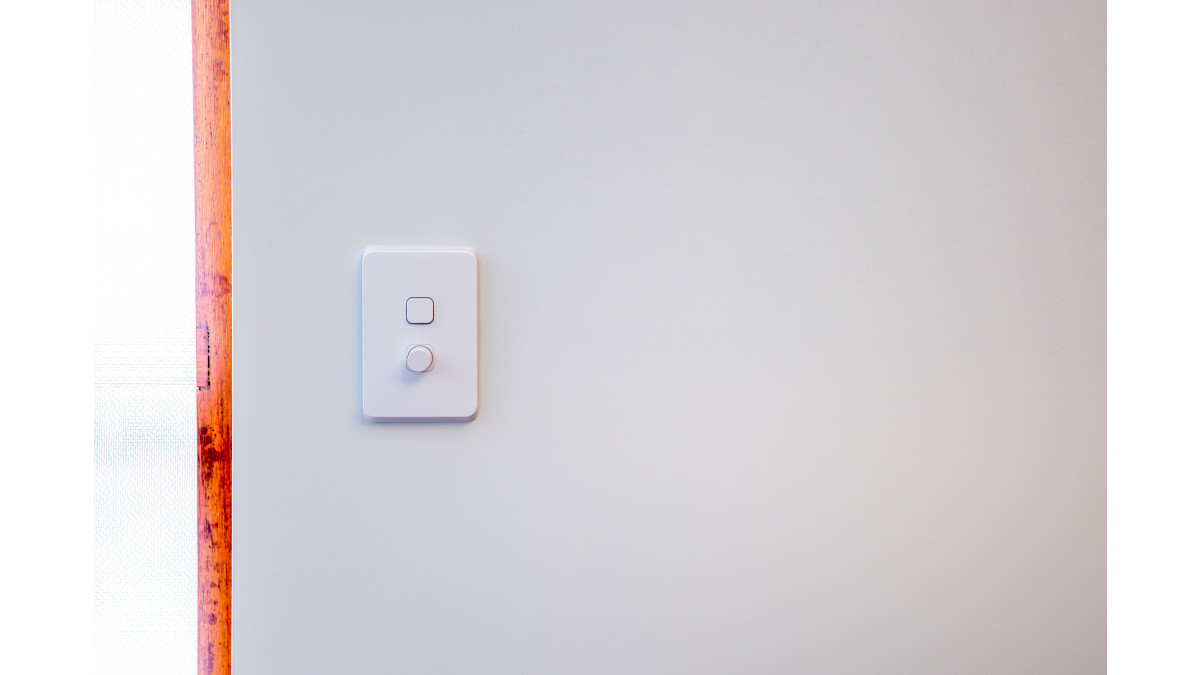


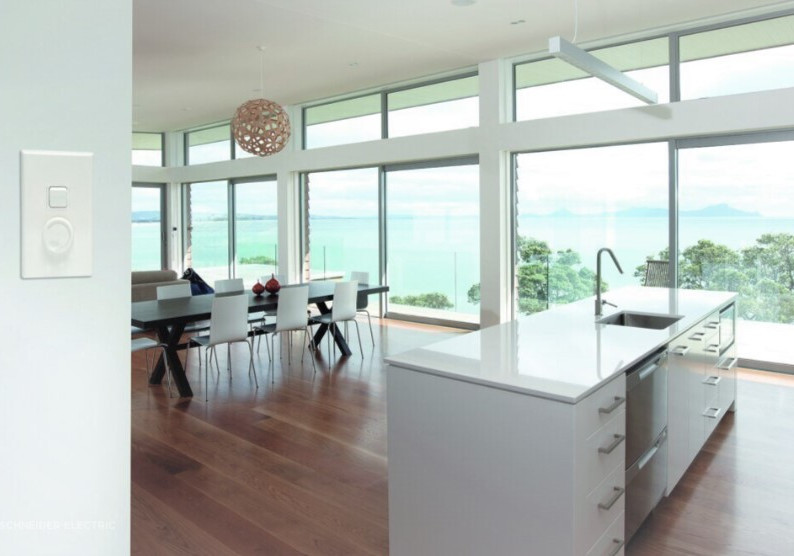
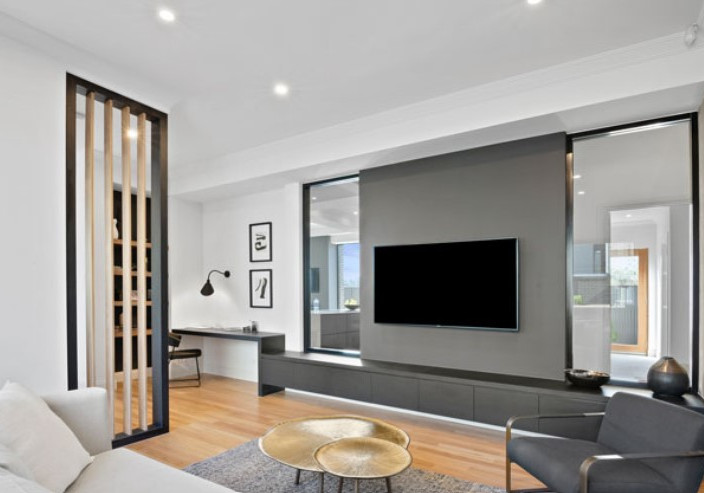
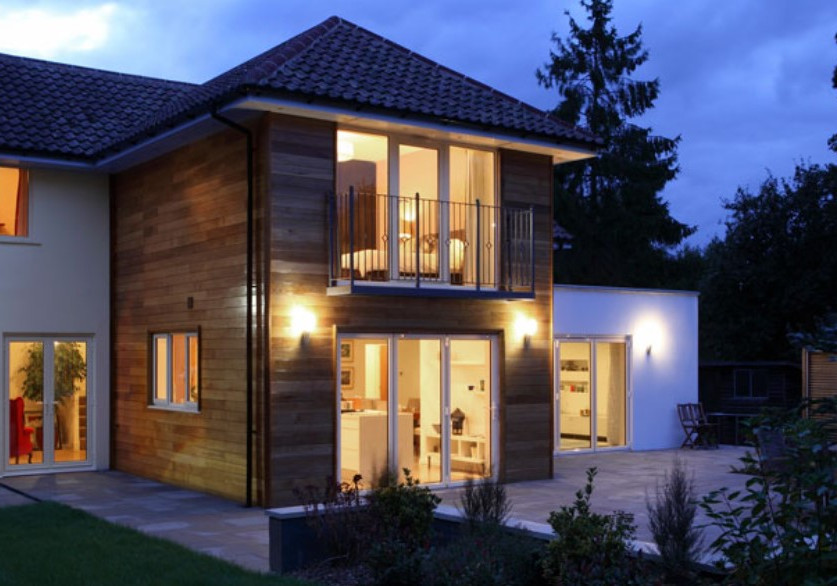

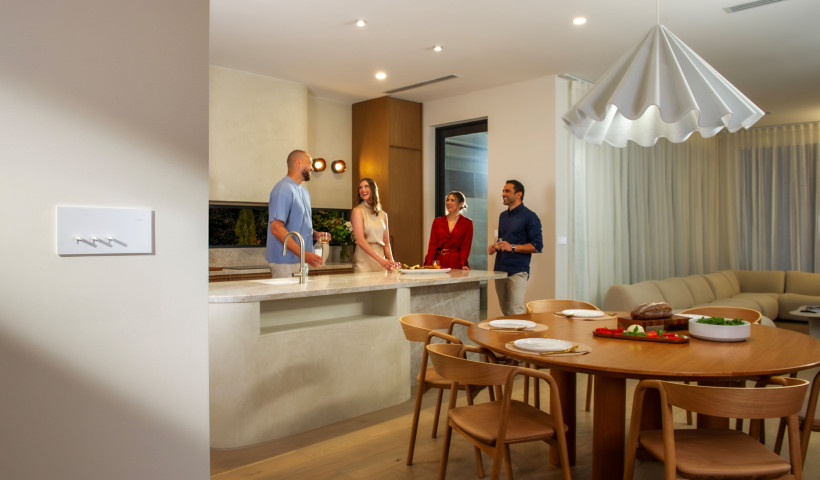
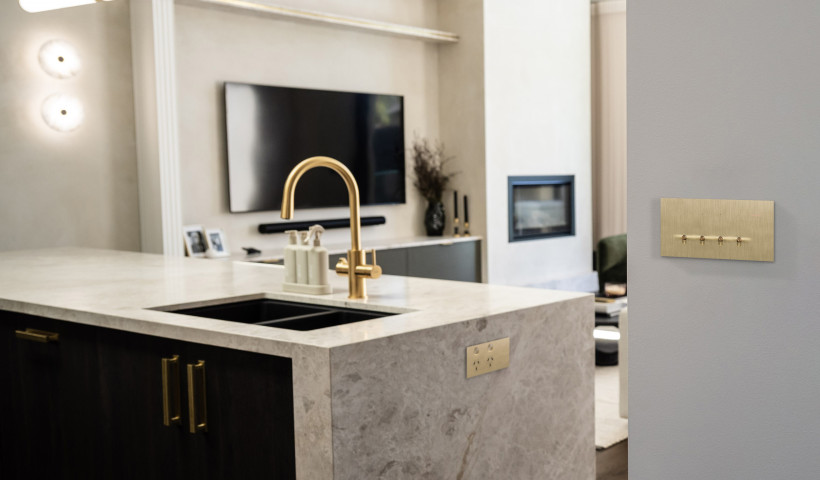
 Popular Products from Schneider Electric
Popular Products from Schneider Electric


 Most Popular
Most Popular


 Popular Blog Posts
Popular Blog Posts